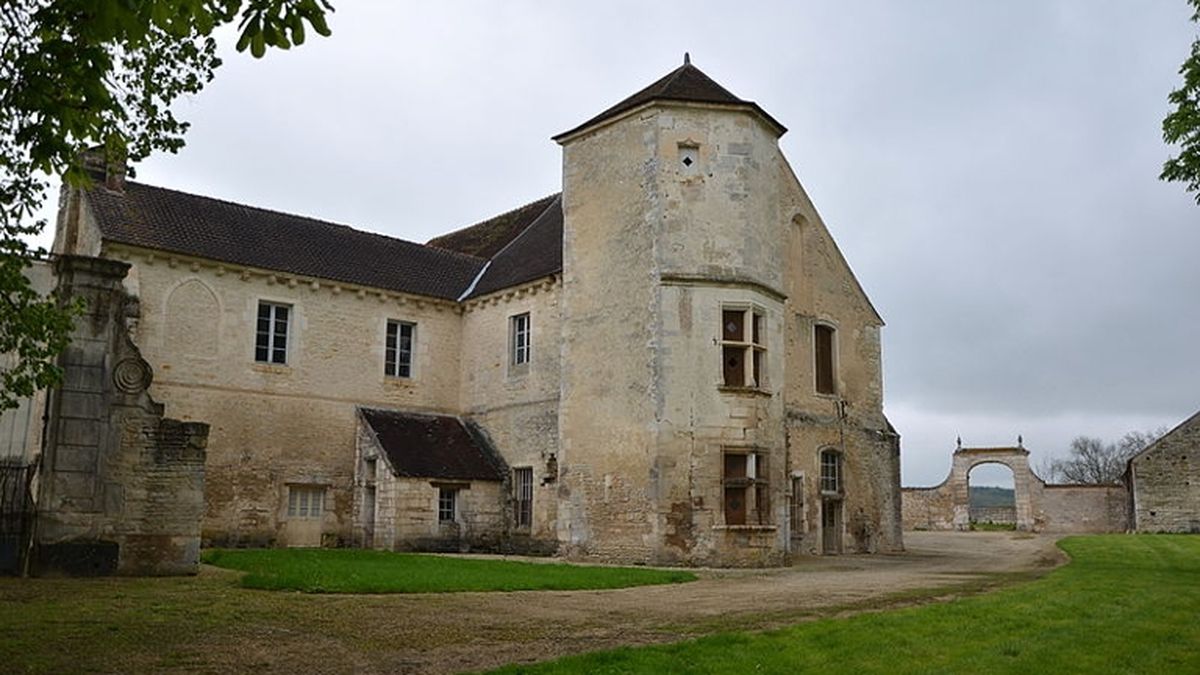 The dwelling house | ©Pline / CC-BY-SA
The dwelling house | ©Pline / CC-BY-SAHistory of a rich abbey
Bones and books
This big Cistercian abbey was founded in 1133.
People came to Quincy before the 16th century to see the gorgeous library.
The abbey was very rich, indeed, thanks to kings and lords’ donations, like dukes of Burgundy or king Louis VI the Fat!
Quincy became very famous too, because of saint Gaultier’s relics.
Abbot of Quincy and bishop of Auxerre preciously kept them in the church.
A church which looked like a small cathedral: 90 metres long and 45 wide!
A brother Coligny joined in
Famous admiral Coligny's brother, Odet de Châtillon, became abbot of Quincy (he was abbot, but converted to protestantism!).
The tradition says he spent all the abbey’s fortune…
Anyway, Huguenot or not, every French abbey became decadent, at that time...
Storerooms and sheepfolds
The church was destroyed in 1797 and the abbey abandoned.
The book Notice sur le château de Tanlay (anonymous, 1902) described the abbey in the 19th century, transformed into a farm:
″The abbot dwelling now houses the farmer’s house. The vaulted rooms, from the 12th century, houses the cattle. And in the abbot’s dwelling, we have sheepfolds.″
Among those remains, we found a storerooms from the 14th century, raised in the mountain of Mont-Hérissé: the Caves-aux-Moines (″Monks’ cellars″).
Those monks dug in the mountain to fit out a cellar, to store their wine bottles...
The visit of Quincy
We visit the remains of the religious buildings (13th c.). The abbey keeps old windmills. You know what?
The greenery casket where the abbey is nested it so quiet, favourable for a peaceful meditation...
